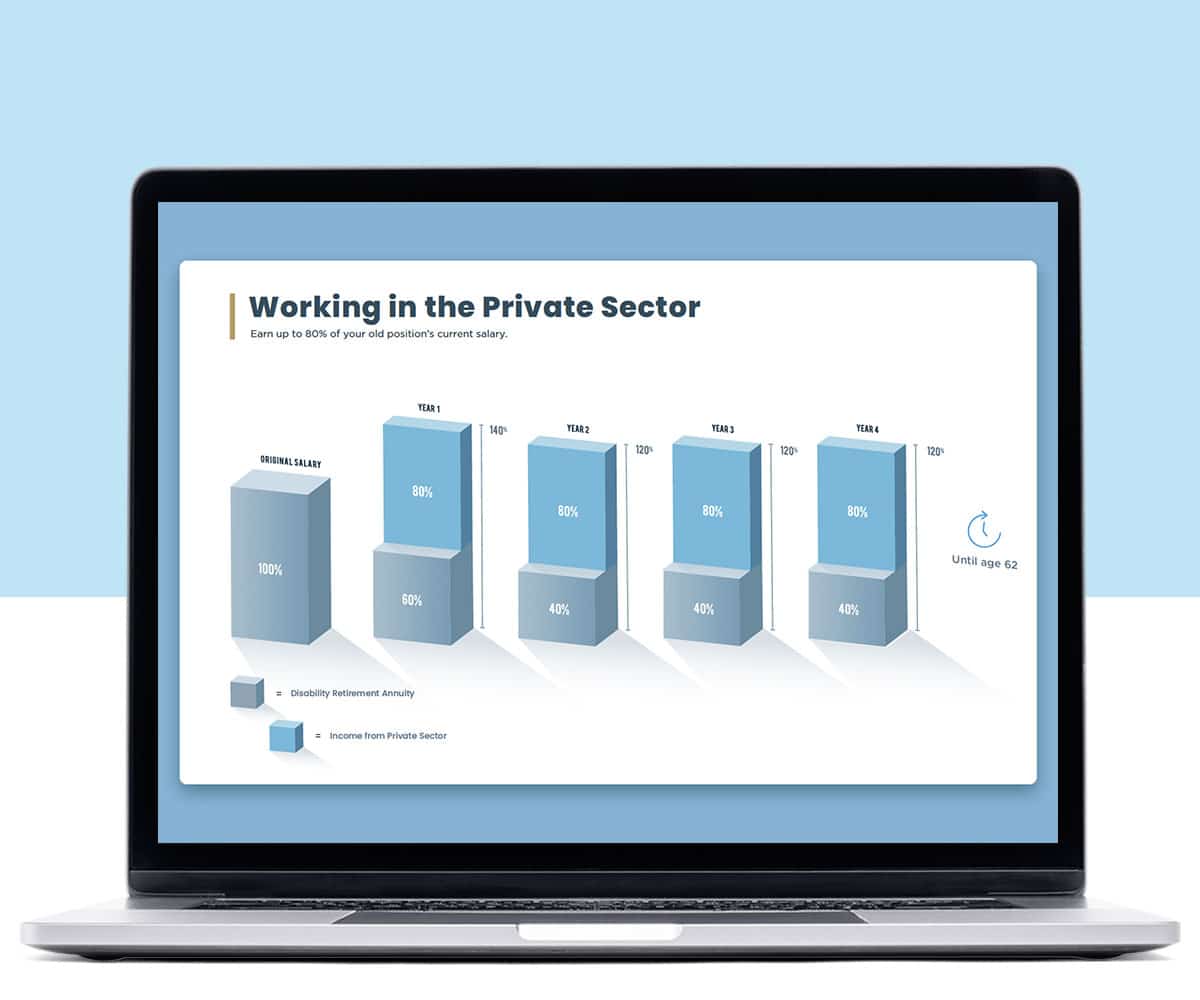 Idea proposals such as shrinking the role of the Office of Personnel Management, merging the Department of Education with Labor, and privatizing the U.S. Postal Service were all put forth in President Trump’s reorganization plan. Other ideas with less attention are worth watching because they could have a major impact on agencies and workers. The White House pledged to begin working on some proposals immediately because they would not require Congressional support.
Idea proposals such as shrinking the role of the Office of Personnel Management, merging the Department of Education with Labor, and privatizing the U.S. Postal Service were all put forth in President Trump’s reorganization plan. Other ideas with less attention are worth watching because they could have a major impact on agencies and workers. The White House pledged to begin working on some proposals immediately because they would not require Congressional support.
GEAR Center
The plan would create the Government Effectiveness Advanced Research Center, which would function as a non-governmental public-private partnership to engage academics, non-profits, and the private industry to help agencies better deliver on their missions. It would help create a “forward-looking view of how the operating entities of the executive branch should evolve management practices for the 21st century”.
The plan said the General Services Administration could establish the center under existing authority and it could be housed at a university or research institution. It would be funded from multiple agencies as well as the private sector. Among other charges, one would be determining how government can best harness new technology for “federal workforce skill and re-skilling requirements”.
De-federalizing Government Entities
The White House proposals focused on selling several entities currently owned and operated by the federal government. One would be the Tennessee Valley Authority. Doing this would “encourage a more efficient allocation of economic resources and mitigate unnecessary risk to taxpayers”.
The federal assets compose 14% of the nations’ transmission lines, but the White House said ownership would be better carried out by the private sector and would save the government $9.5 billion over 10 years.
Transportation Privatization
A familiar proposal to shift air traffic control away from the Federal Aviation Administration into a non-profit entity made its way into the proposal. It was also proposed to privatize other government management of the St. Lawrence Seaway, a series of locks on the U.S.-Canada border, currently managed by the Transportation Department.
The changes would provide those programs with “better governance structures and insulation from the political system and allow them to better assess fees based on actual usage of their systems,” the administration said.
End of Army Corps of Engineers
Primary functions of the Corps would be absorbed elsewhere, but the agency as an entity with the Defense Department would cease to exist for the first time since it was founded in 1802. The new functions would go to the Transportation Department, while its flood and storm damage reduction, aquatic ecosystem restoration, regulatory and other responsibilities would go to the Interior Department.
This change would create a more consistent federal policy and broader view transportation and infrastructure decision making. It would enable the Pentagon to focus on its core mission of national defense, although it didn’t say how it would split up the 37,000 employees.
More Civilians in Heath Corps
The U.S. Public Health Service Commissioned Corps, housed within the Health and Human Service Department, is one of 7 federal uniformed services. The Trump administration wants to shrink its size from 6,500 to 4,000. Instead, they’ll rely on civilian employees to fill in the gaps during cruises, who would serve in a reserve capacity.
More civilian use would also be encouraged by forcing agencies to pay for accrued retirement costs of officers they employ.
Shedding Offices and Moving Employees
As part of the reorganization, the White House proposed “moving federal offices and jobs for better quality of life and a more capable workforce.” The plan would reform the process by which agencies dispose of unneeded federal property and better incentivize them to do so, creating a revolving fund for the creation or restoration of federal property.
This emphasizes moving staff outside of Washington, D.C.
Protecting Federal Officials
The administration is looking to consolidate control over the security protections its top officials receive by giving more authority to the U.S. Marshals Service. The agency would provide its own personnel to agency leaders, with advice from Secret Service, rather than allow agencies to make their own decision of which employees to protect and how much security to provide.
USMS deputizes security personnel selected by agencies, leading to the protection that varies in background, training, and experience. Putting more authority at one agency would “leverage the expertise of government agencies trained in protective missions and threat analysis, ensure more efficient use of government resources and provide designated government officials with appropriated protection tailored to their individual circumstances,” the White House said.
Improving Federal Decision Making
There has been a big push for boosting program evaluations in recent years. “There are many programs and policies across the government for which we have no evidence on program effectiveness, thus making evidence-based policymaking difficult,” the White House said.
Agencies lack incentives, guidance, or expectations for gathering evidence on the effectiveness of their programs. The administration said the White House will ask agencies to designate an official to deliver program evaluations, dedicate resources to those efforts, provide more standardized information and create multi-year “learning agendas” for implementing that information.


